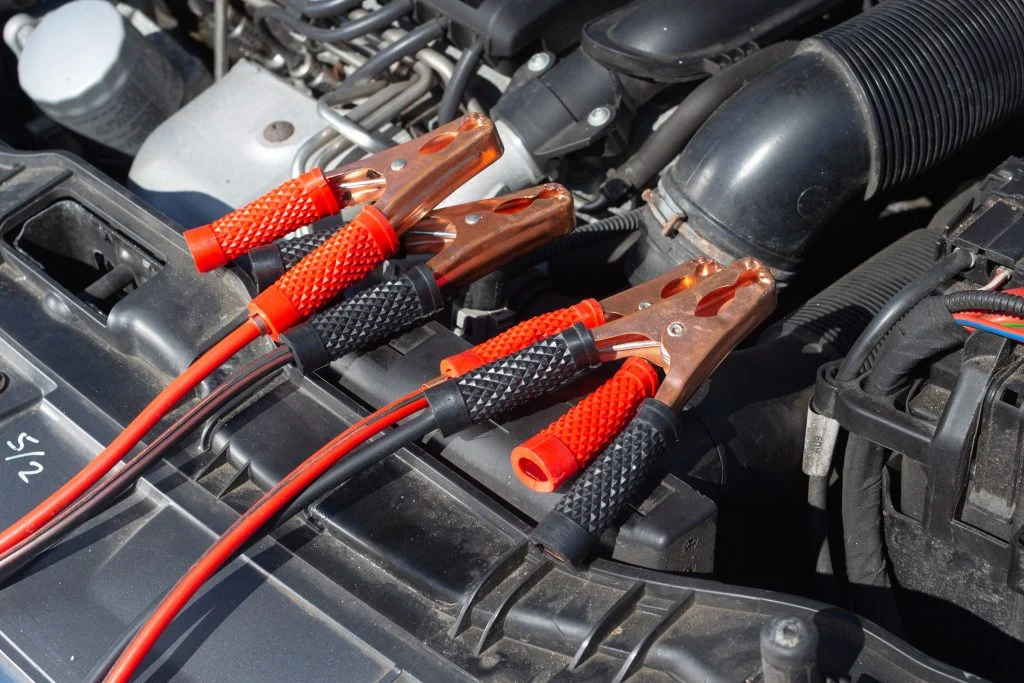How Long Does It Take to Jump Start a Car?
Jumping a car battery is a common occurrence, but many people are unsure about the process and how long it should take. In this comprehensive article, we’ll explore the steps involved in jump starting a car and provide guidance on the time it typically takes to get your vehicle back on the road.
Understanding Jump Starting
Jump starting, also known as booster starting, is the process of using a good battery from one vehicle to start another vehicle with a dead or discharged battery. This is done by connecting the batteries of the two vehicles using jumper cables, allowing the good battery to provide the necessary power to start the engine of the vehicle with the dead battery.
Preparing for a Jump Start
Before attempting to jump start a car, it’s essential to gather the necessary equipment and ensure safety precautions are taken. Here’s what you’ll need:
- Jumper cables
- Another vehicle with a good battery
- Safety glasses or goggles
- Gloves
Make sure both vehicles are turned off, in park (or neutral for manual transmissions), and the parking brakes are engaged. Locate the batteries in both vehicles and ensure they are accessible for the jumper cable connections.
Step-by-Step Guide to Jump Starting a Car
- Park the vehicles close enough for the jumper cables to reach, but not touching.
- Apply the parking brakes on both vehicles and turn off all electrical components (lights, radio, etc.).
- Identify the positive (+) and negative (-) terminals on both batteries.
- Connect one end of the red jumper cable to the positive terminal of the dead battery.
- Connect the other end of the red jumper cable to the positive terminal of the good battery.
- Connect one end of the black jumper cable to the negative terminal of the good battery.
- Connect the other end of the black jumper cable to a metal ground on the dead vehicle, such as an unpainted bolt or the engine block.
- Start the engine of the vehicle with the good battery and let it run for a few minutes.
- Attempt to start the vehicle with the dead battery.
- If the vehicle starts, let it run for at least 5 minutes before disconnecting the jumper cables in reverse order.
How Long Does It Take to Jump Start a Car?
The time it takes to jump start a car can vary depending on several factors:
- Battery condition: If the battery is completely dead or severely discharged, it may take longer to start the vehicle.
- Cable connections: Ensure the jumper cable connections are secure and making good contact with the battery terminals.
- Vehicle’s electrical system: Some vehicles may require a longer charging time due to their electrical system design.
In most cases, if the jumper cables are properly connected, the vehicle should start within a few attempts. However, it’s recommended to let the engine run for at least 5-10 minutes after a successful jump start to allow the alternator to recharge the battery.If the vehicle doesn’t start after several attempts or the battery continues to drain quickly, there may be an underlying issue with the battery, alternator, or electrical system that requires further diagnosis and repair.
Frequently Asked Questions (FAQ)
1. Can a completely dead battery be jump started?Yes, a completely dead battery can be jump started, but it may take longer and require a more powerful battery from the donor vehicle.
2. How long should I let the vehicle run after a jump start?It’s recommended to let the vehicle run for at least 5-10 minutes after a successful jump start to allow the alternator to recharge the battery.
3. Can I jump start a vehicle with a manual transmission in neutral?Yes, you can jump start a vehicle with a manual transmission, but it should be in neutral with the parking brake engaged.
4. What if the jump start doesn’t work?If the jump start doesn’t work after several attempts, there may be an underlying issue with the battery, alternator, or electrical system that requires further diagnosis and repair.
5. Can I jump start a vehicle with a different voltage battery?It’s not recommended to jump start a vehicle with a different voltage battery, as it can cause damage to the electrical system. Most vehicles use 12-volt batteries.
Conclusion
Jump starting a car is a relatively simple process, but it’s essential to follow safety precautions and ensure proper cable connections. While the time it takes to jump start a car can vary, in most cases, if the jumper cables are properly connected, the vehicle should start within a few attempts. Remember to let the engine run for at least 5-10 minutes after a successful jump start to allow the alternator to recharge the battery.If you encounter any issues or the vehicle doesn’t start, it’s best to seek assistance from a professional mechanic or roadside assistance service.
Information Table
| Country | Road Network | Wikipedia Link |
|---|---|---|
| Somalia | 22,100 km (13,700 mi) total, 2,608 km (1,621 mi) paved, 19,492 km (12,112 mi) unpaved | Wikipedia – Somalia |



